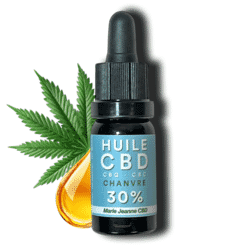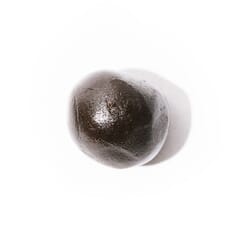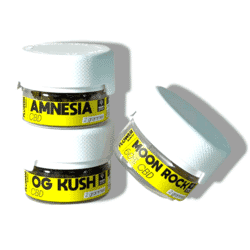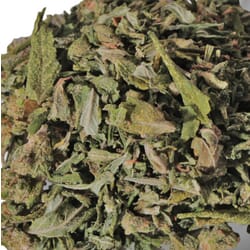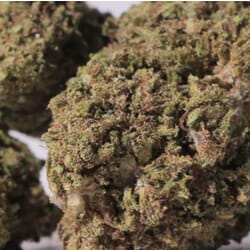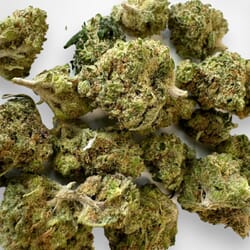Growing CBD hemp in France
In France, hemp is reconnecting with its glorious past, with the country now being one of the main European producers. This leading position is supported by an adaptive regulatory framework that recognizes industrial hemp as distinct from narcotic cannabis, thereby allowing its exploitation for its multiple ecological and economic virtues. But before we continue our analysis of it, it's important to highlight the differences between cannabis and hemp.
What is Hemp?
Hemp, scientifically named Cannabis sativa L., is a plant whose history and applications are deeply rooted in the development of many civilizations. Hemp and cannabis both come from the Cannabis sativa L. plant but are cultivated differently and have distinct chemical compositions.
The main difference is the THC content (tetrahydrocannabinol), which is the psychoactive compound present in cannabis. Hemp has a very low concentration (generally, it contains less than 0.3% THC) making it non-psychoactive. Hemp is typically grown for its fibers, seeds, and oil.
Cannabis, on the other hand, is grown for its psychoactive or medicinal effects due to its higher THC and CBD (cannabidiol) content. This distinction is important from a legal and agricultural standpoint, with hemp generally being legal and used in a variety of industrial applications while cannabis is more for recreational or medical purposes and is more strictly regulated, but we will return to this later in the article.
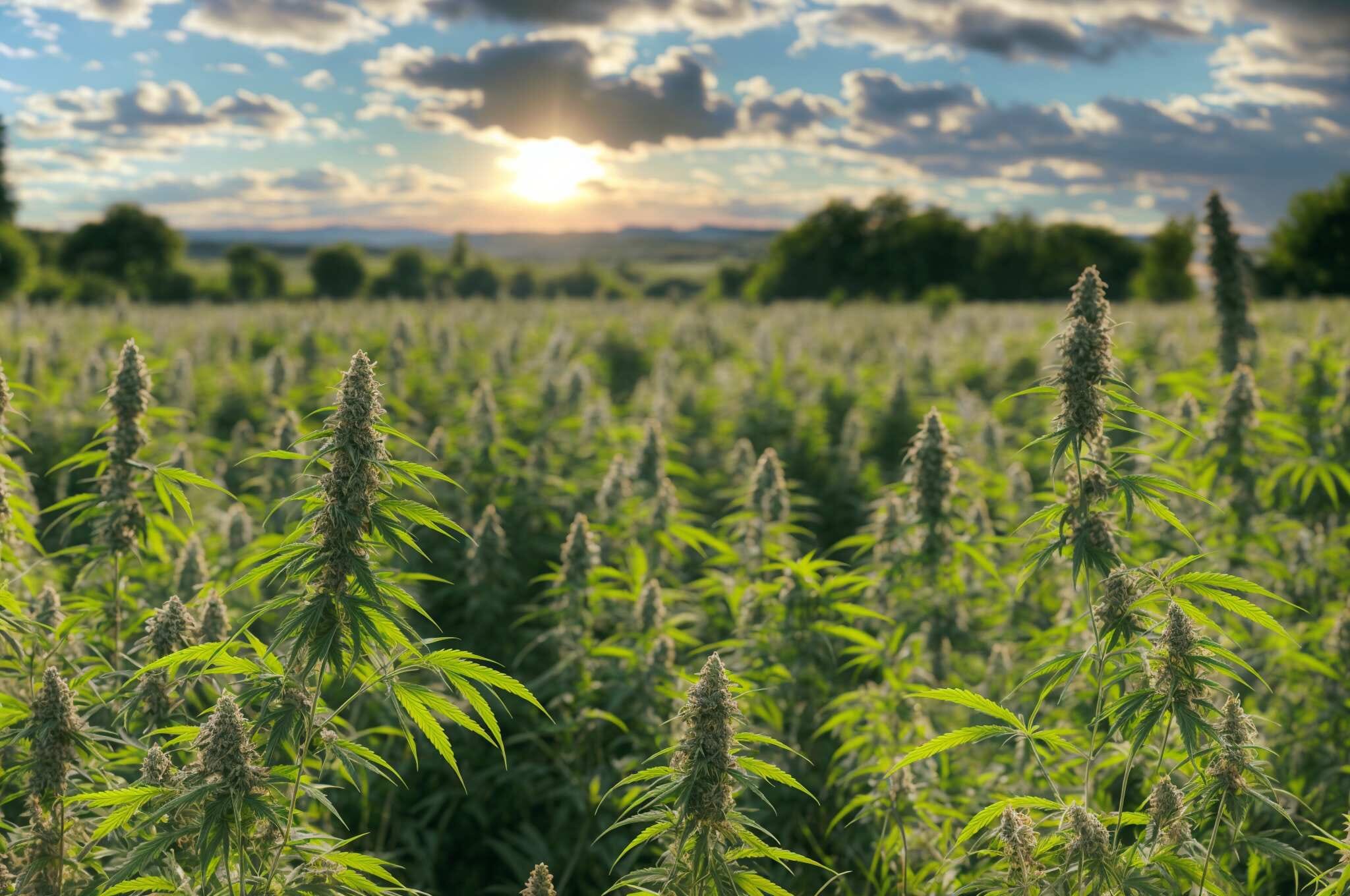
A brief history of hemp
This plant has been historically valued for its strong fibers and nutritious seeds, playing a crucial role in the production of paper, textiles, and navigation items. Its use dates back to the Neolithic age, and it was notably used for the paper of the Gutenberg Bible and the sails of ships under Louis XIV.
In France, hemp cultivation flourished until the 19th century, before experiencing a decline due to the emergence of chemical substitutes and the massive importation of cotton from the United States after World War II. However, since the 1990s, there has been a renewed interest in hemp, due to its ecological properties and potential as a renewable resource.
Its cultivation is now recognized for its low pesticide needs, its efficiency in absorbing CO2, and its contribution to diversifying crop rotations. These features make it a preferred choice for sustainable and environmentally friendly agriculture. Among the significant innovations of this green revolution, CBD flowers from hemp stand out for their growing popularity, offering a natural alternative in the wellness sector, while remaining true to the ecological principles of hemp.
Hemp thus presents itself as a plant of the future, embodying the principles of the green economy and offering promising prospects for producers, industrialists, and consumers looking for sustainable alternatives.
The Main Uses of Hemp
Hemp is a multifaceted plant offering a variety of applications across numerous sectors of the modern economy. Its versatility, due to its unique components, allows for its use in fibers, seeds, and CBD extracts.
Textiles and Fashion
Hemp has been used in the textile industry for millennia, providing a sustainable alternative to synthetic fibers and cotton. Hemp fibers are strong, durable, and possess natural antibacterial properties, making them ideal for the production of clothing, bags, shoes, and other accessories. With an ecological footprint significantly lower than that of cotton, hemp textiles represent a path towards more ecological and responsible fashion.

Construction and Eco-friendly Materials
In the field of "eco-construction," hemp concrete is a revolutionary use case that illustrates the versatility and ecological efficiency of hemp. In France, the use of hemp concrete for the construction of residential and commercial buildings is gaining popularity, not only for its exceptional insulating properties but also for its positive impact on the environment. This material contributes to reducing CO2 emissions, improving indoor air quality, and promoting biodiversity.
Nutrition and Food
Hemp seeds are considered a superfood because they are rich in proteins, essential fatty acids (omega-3 and omega-6), and antioxidants. They are thus incorporated into a wide variety of food products, energy bars, and drinks. In France, the cultivation of hemp for human and animal consumption represents a rapidly expanding sector, with a significant increase in hemp seed production (adhering to the principles of sustainable and ecological agriculture).
CBD and Wellness
CBD, or cannabidiol, derived from hemp, is generating increasing interest among scientists and consumers for its potential in wellness. Without claiming specific therapeutic benefits, current research explores the various ways CBD might influence overall well-being. Preliminary studies and scientific reviews have begun to examine CBD's interactions with the body's endocannabinoid system, a complex network involved in regulating various physiological processes, including mood, pain, and sleep.
Products based on CBD, such as oils, creams, and dietary supplements, have become popular among consumers looking to incorporate CBD into their daily routine. It is crucial to emphasize that these products are not intended to diagnose, treat, cure, or prevent any disease. Consumers interested in CBD are encouraged to seek out high-quality products, verified by laboratory analysis, and to consult health professionals for personalized and informed advice.
Hemp Figures Around the World
According to recent data provided by Grand View Research, the global industrial hemp market was estimated at USD 5.49 billion in 2023 and is expected to grow at a compound annual growth rate (CAGR) of 17.5% from 2024 to 2030. This section explores key figures of hemp across different continents, highlighting the expansion and trends of this versatile crop.
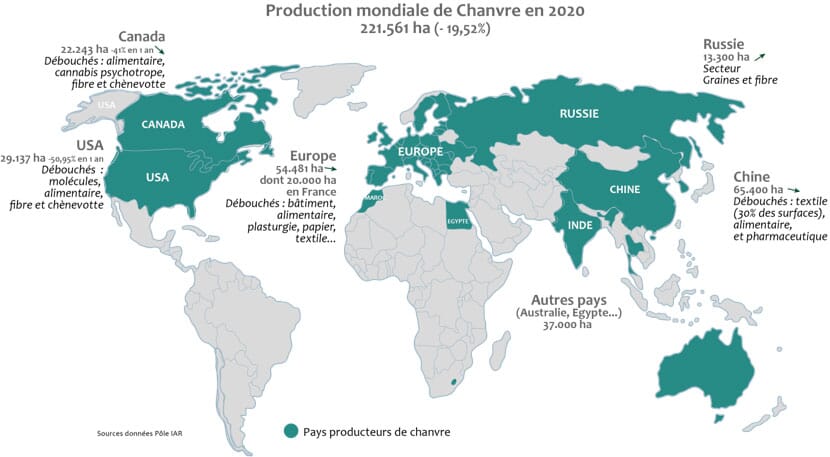
Map communicated by Interchanvre (inter-profession that represents the hemp sector in France) with data sources from Pôle IAR (French competitiveness cluster dedicated to the bioeconomy and innovation in the field of agro-resources, including hemp).
North America
In North America, the United States has become a major player in the hemp market since the legalization of industrial hemp in 2018 (Farm Bill). According to the US Department of Agriculture(1), the area cultivated with hemp in the United States has significantly increased, with thousands of hectares dedicated to this crop: For example, Colorado has recorded a significant area dedicated to this cultivation.
Canada, a pioneer in the legalization of cannabis (since 2018), including hemp, as early as 1998 for industrial purposes, continues to play an important role in hemp production, especially for seeds and hemp oil.
Europe
Europe is a historical leader in hemp cultivation, with France leading the way, representing the largest producer of hemp in the EU. According to InterChanvre,(2) the French hemp sector spans approximately 20,000 hectares, underlining the country's commitment to sustainable and ecological agriculture. Eastern Europe, notably Romania and Ukraine, also shows a growing interest in hemp cultivation, mainly for fibers and seeds.
Asia
China is the world's largest producer and exporter of hemp fibers, accounting for more than 33% of market share in 2023(3), with a long history of hemp cultivation. The Chinese government actively supports research and development in the hemp sector, aiming to extend its use in textiles, construction materials, and beyond. According to data from the Ministry of Agriculture of the People's Republic of China, the area cultivated with hemp in China covers more than 60,000 hectares, with the Yunnan region being particularly active in this cultivation.
Oceania
Australia legalized the cultivation of hemp for human consumption in 2017(5), paving the way for new opportunities in the agri-food and wellness sectors. New Zealand is also following this trend, with recent legislation favoring the research and development of industrial hemp. Although the Oceanian market is still developing, interest in hemp is rapidly growing, both among producers and consumers.
Africa
In Africa, several countries are exploring hemp cultivation as a means to diversify their agricultural economies and tap into international hemp markets. Lesotho was the first African country to legalize the cultivation of cannabis in 2017(5) for medical and scientific purposes, opening the door to an emerging hemp industry. Other countries, such as Morocco and South Africa, are examining legislative frameworks to facilitate hemp cultivation, recognizing its economic and ecological potential.
Hemp Figures in France
Commitment to hemp in France is driven by entities like InterChanvre, promoting the sector through research, advocating for producers' interests, and enhancing the applications of hemp within an eco-responsible framework. This collective dynamic aims to maximize hemp's potentials while ensuring a harmonious growth of supply and demand in the market, for uses ranging from construction to gardening, and from food to textiles.
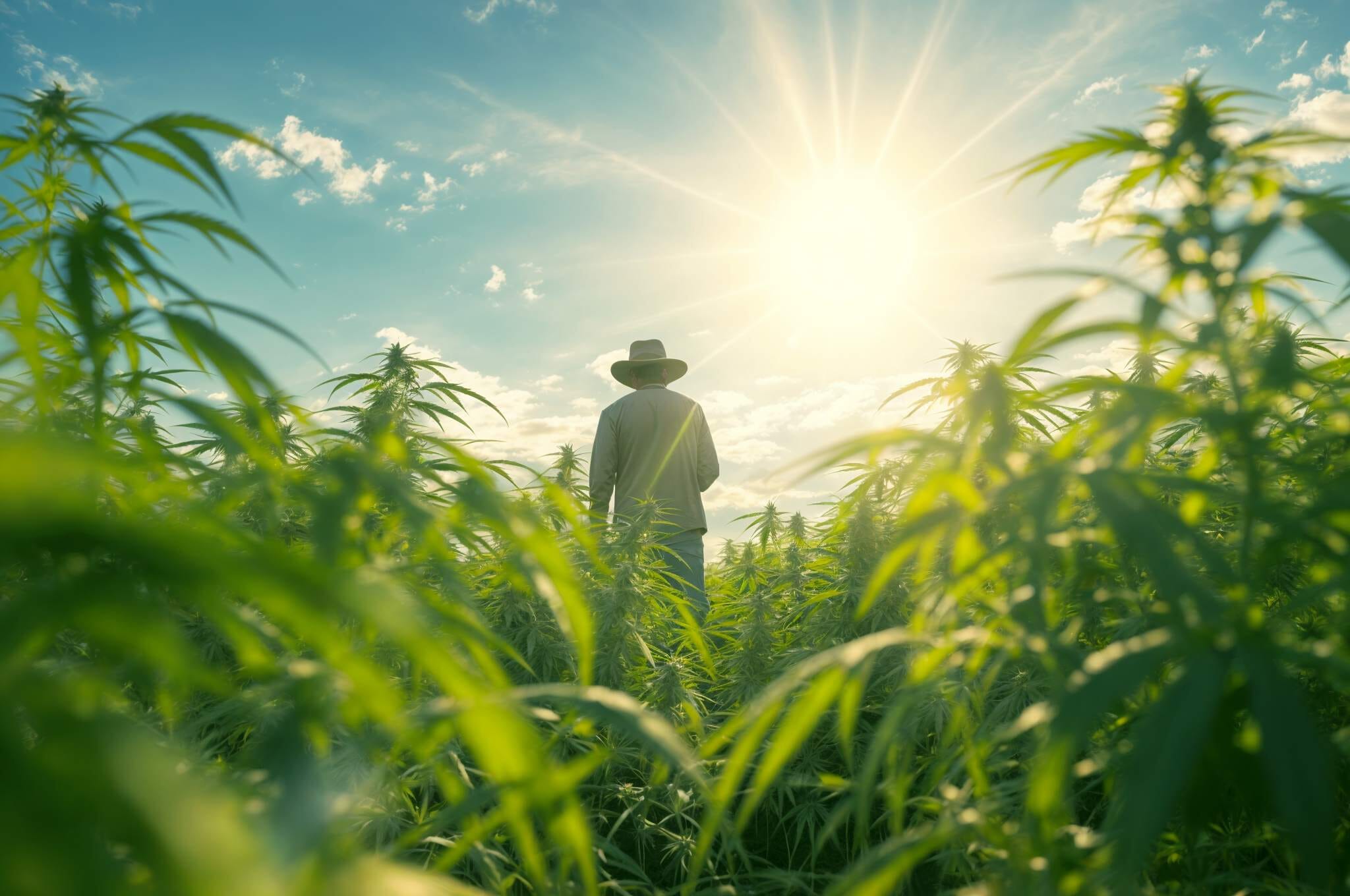
Cultivated Area and Production
France is the largest producer of hemp in Europe, dedicating about 20,000 hectares to hemp cultivation in 2023, with a possible expansion to 23,000 hectares in 2024. This growth, supported by over 1,400 producers and 300 employees in the hemp sector, illustrates France's commitment to sustainable, pesticide-free agriculture and significant CO2 reduction.
Economic Contribution
Hemp significantly contributes to the French agricultural economy, with an industry valued in millions of euros. The hemp industry makes a major contribution to the French economy, harvesting 141,000 tonnes of defibered straw and 17,000 tonnes of seeds annually. The average yield is 1 tonne/ha for seeds and 6.5 tonnes/ha for straw, reflecting the diversity and added value of hemp in food, construction sectors...
Innovation and Research
France is at the forefront of research and innovation in the hemp field, with institutions and companies dedicated to exploring new applications of hemp. This includes the development of eco-friendly construction materials like hemp concrete, innovations in textiles and composites, and advancements in CBD extraction techniques. Investments in research and development and ecological transition reflect the country's commitment to maximizing hemp's potential in a green economy.
Regulation and Future
France benefits from a favorable regulation that clearly distinguishes industrial hemp from recreational cannabis, with a THC content below 0.3%. This regulatory distinction by the French state has facilitated the expansion of hemp cultivation and opened opportunities for innovation and marketing at the national and European level. The initiative to create the "French hempseed label" guarantees the traceability and sustainability of hemp grown in France. The outlook for hemp in France is optimistic, with ongoing initiatives to relax restrictions on CBD and further encourage sustainable production and use of hemp.
This information highlights France's position as a leader in the hemp field, not only in Europe but also on the global stage. With a constant commitment to sustainability, innovation, and favorable regulation, the French hemp sector is set for continued growth and to significantly contribute to a greener and more sustainable economy.
Hemp Laws in France, Is It Legal?
In France, hemp cultivation is legal under certain conditions. The French legislation allows the cultivation of hemp varieties listed in the European catalogue of species and varieties, provided these varieties contain less than 0.3% THC (tetrahydrocannabinol) or are THC-free. Thus, hemp is legally distinguished from any narcotic, offering a safe avenue for its agricultural and industrial exploitation.
Who Can Cultivate Hemp in France?
Personal cultivation of hemp is not permitted. Only duly declared active farmers can cultivate hemp and must comply with the current regulations. This includes the use of certified seeds from authorized varieties and declaration to competent authorities, such as MSA (Mutualité Sociale Agricole) as well as a cultivation declaration to the DDTM (Direction Départementale des Territoires et de la Mer).
Where Is Hemp Cultivated in France?
Hemp is cultivated in several regions of France, benefiting from a climate and varied soils conducive to its growth. The main cultivation areas are in the Centre, North, and West of France, where agricultural conditions are ideal for producing quality fibers and seeds.
Marie Jeanne CBD's Quality Commitments for Its Hemp Flowers
At Marie Jeanne CBD, our philosophy is based on an unwavering commitment to the quality and sustainability of our CBD-based products. Aware of the importance of preserving both the health of our clients and our planet, we work daily to ensure environmentally friendly products that comply with the strictest standards.
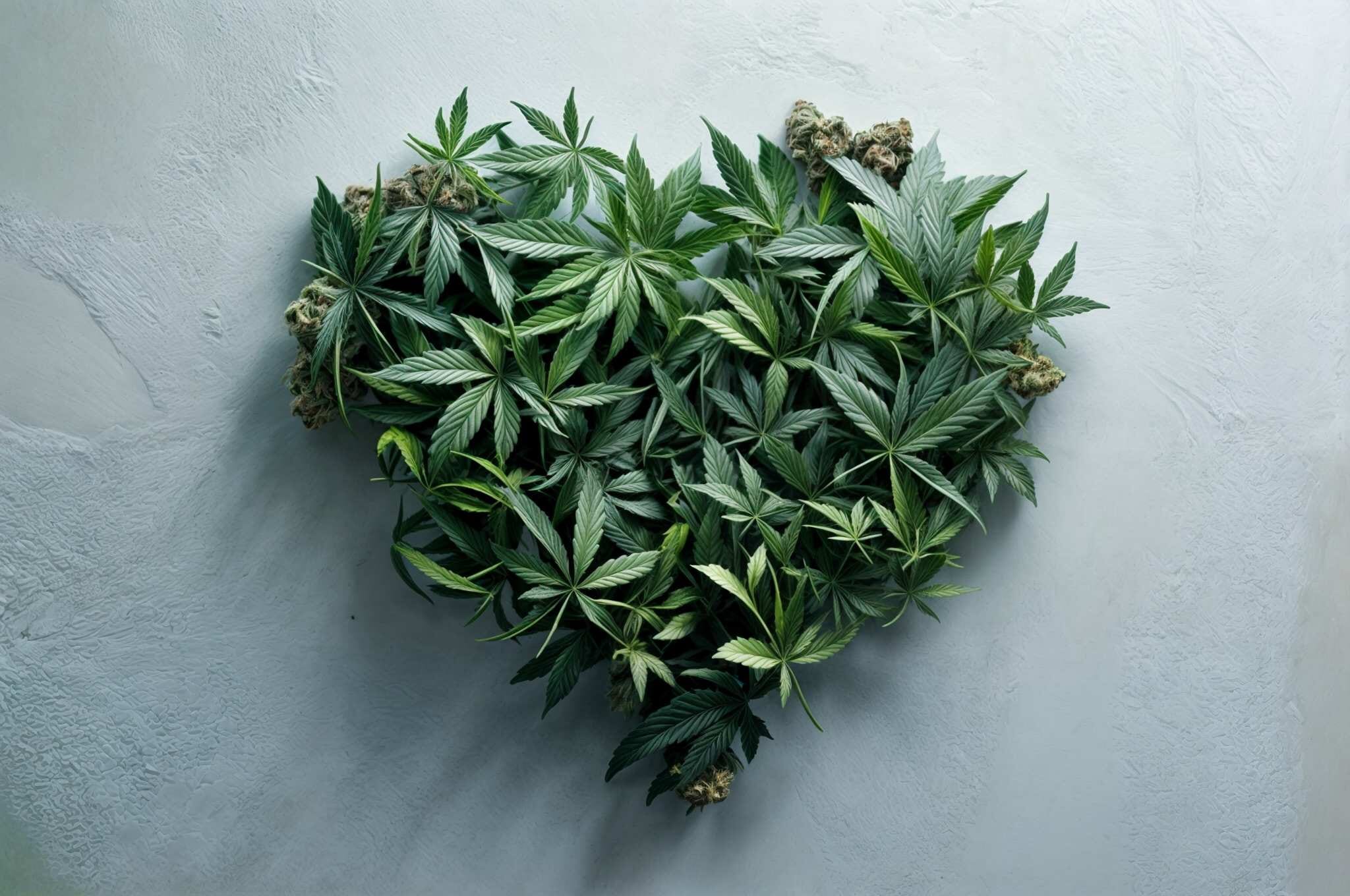
- We firmly believe that the superior quality of our hemp flowers can only be achieved through responsible and sustainable cultivation. That's why we adopt respectful agricultural practices, minimizing environmental impact and promoting biodiversity. Our commitment is reflected in the use of organic farming methods, avoiding any use of harmful pesticides or chemical fertilizers. Unfortunately, to date, there is no certifying label for this, as organic certification does not exist for hemp.
- The selection of our suppliers is rigorous, based on strict criteria of reliability and honesty. We favor partners who share our vision of sustainable development and are capable of providing tangible proof of their ecological cultivation methods. Each supplier is subject to a thorough evaluation of their agricultural practices, product traceability, and commitment to quality.
- For each batch of CBD product, we conduct a rigorous verification process, including tests in an independent French laboratory. These analyses confirm the purity of the CBD, the absence of contaminants (pesticides, heavy metals, etc.), and compliance with THC levels in accordance with French and European legislation. This process ensures that our customers receive safe, high-quality, and fully compliant products.
- Customer feedback attests to the positive impact of our commitments. The purity and quality of our products result in high customer satisfaction, and we are proud to always offer new products in line with our values and our passion for CBD and hemp!
Sources
(1)US Department of Agriculture (USDA): for data on hemp cultivation in the United States.
(2)InterChanvre: the French professional hemp association for statistics on production in France.
(3)Ministry of Agriculture of the People's Republic of China: For information on hemp production in China.
(4)European Industrial Hemp Association (EIHA): for data on hemp production and use in the European Union.
(5)Grand View Research (GVR): A reputable and respected market research and consulting company. It focuses on industry reports and business advice covering many sectors and regions of the world.

